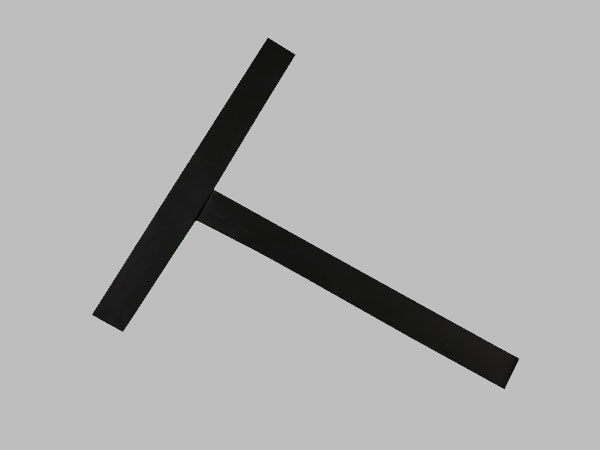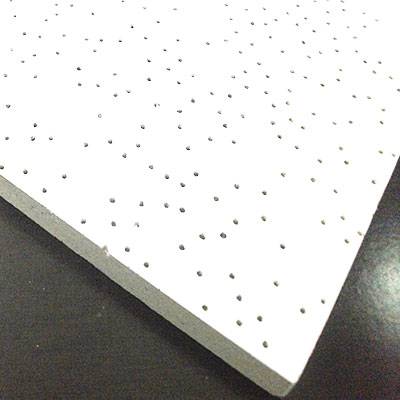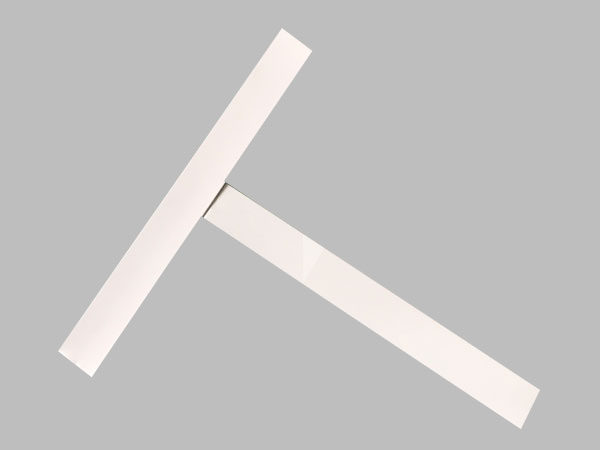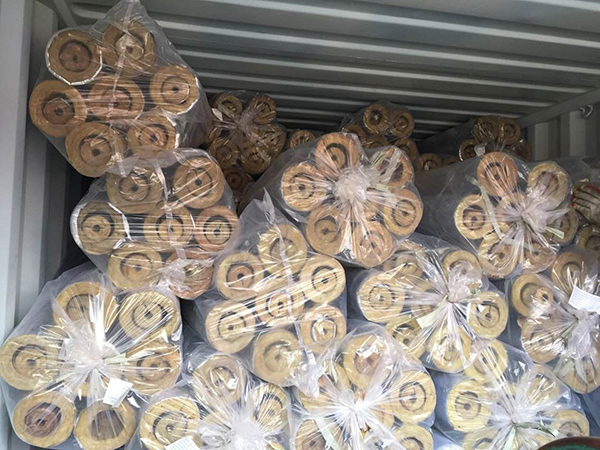factory Outlets for Building Insulation - Hydroxypropyl Methylcellulose HPMC – Beihua
factory Outlets for Building Insulation - Hydroxypropyl Methylcellulose HPMC – Beihua Detail:
In building materials, it is used as a water-retaining agent and retarder for cement sludge with pumpability. It can be used as a binder in plaster, gypsum, inverted powder or other building materials to improve spreadability and prolong operation time. It can be used as an agent for sticking bricks, tiles, marbles, plastic decorations, and bonding intensifiers. It can also reduce the amount of cement. The water retention of HPMC prevents the slurry from cracking due to drying too fast after coating, and enhances the strength after hardening.
In addition, it is used as thickener, stability, emulsifier, excipient, water retention in the production of other petrochemicals, coatings, building materials, paint removers, agricultural chemicals, inks, textile printing and dyeing, ceramics, papermaking, and cosmetic brands. Agent, film-forming agent, etc.
1. Appearance: white or almost white powder, odorless and tasteless.
2. Granularity: 10 mesh pass rate is greater than 98.5%; 80 mesh pass rate is greater than 100%.
3. Carbonization temperature: 280-300℃.
4. Room density: 0.25-0.7G/CM3 (usually about 0.5G/CM3), the specific gravity is 1.26-1.31.
5. Discoloration temperature: 190-200℃.
6. Natural temperature: about 360℃.
Production Method
The refined cotton cellulose is treated with lye at 35-40°C for half an hour, squeezed, the cellulose is crushed, and properly aged at 35°C, so that the obtained alkali fiber average degree of polymerization is within the required range. Put the alkali fiber into the etherification kettle, add propylene oxide and methyl chloride successively, and etherify at 50-80℃ for 5h, the maximum pressure is about 1.8MPa. Then add proper amount of hydrochloric acid and oxalic acid to wash materials in hot water at 90°C to increase the volume. Dehydrate with a centrifuge. Wash to neutral. When the water content in the material is less than 60%, dry it with a stream of hot air at 130℃ to less than 5%. Finally, it is crushed through a 20-mesh sieve to obtain the finished product.
Product detail pictures:
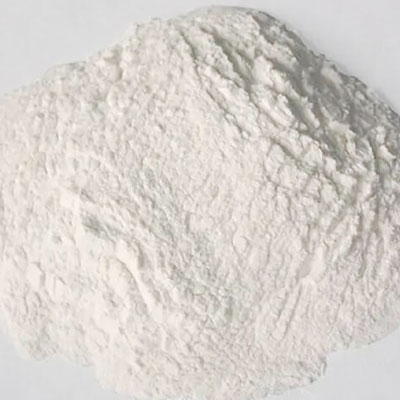
Related Product Guide:
With dependable high quality approach, great reputation and excellent customer support, the series of products and solutions produced by our firm are exported to lots of countries and regions for factory Outlets for Building Insulation - Hydroxypropyl Methylcellulose HPMC – Beihua , The product will supply to all over the world, such as: Namibia, Lesotho, Swedish, With the first-class solutions, excellent service, fast delivery and the best price, we've won highly praise foreign customers'. Our products have been exported to Africa, the Middle East, Southeast Asia and other regions.
The company leader recept us warmly, through a meticulous and thorough discussion, we signed a purchase order. Hope to cooperate smoothly





